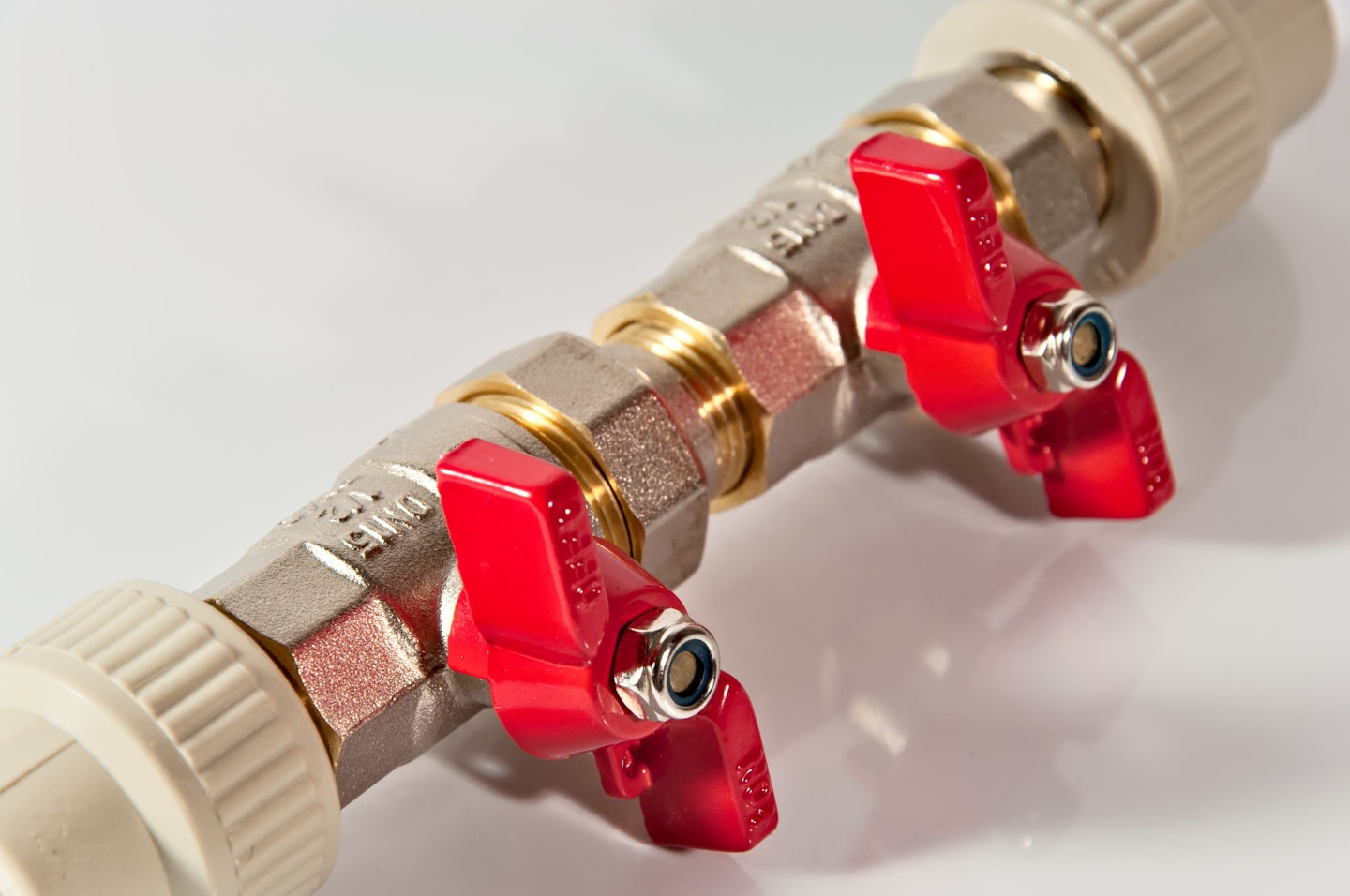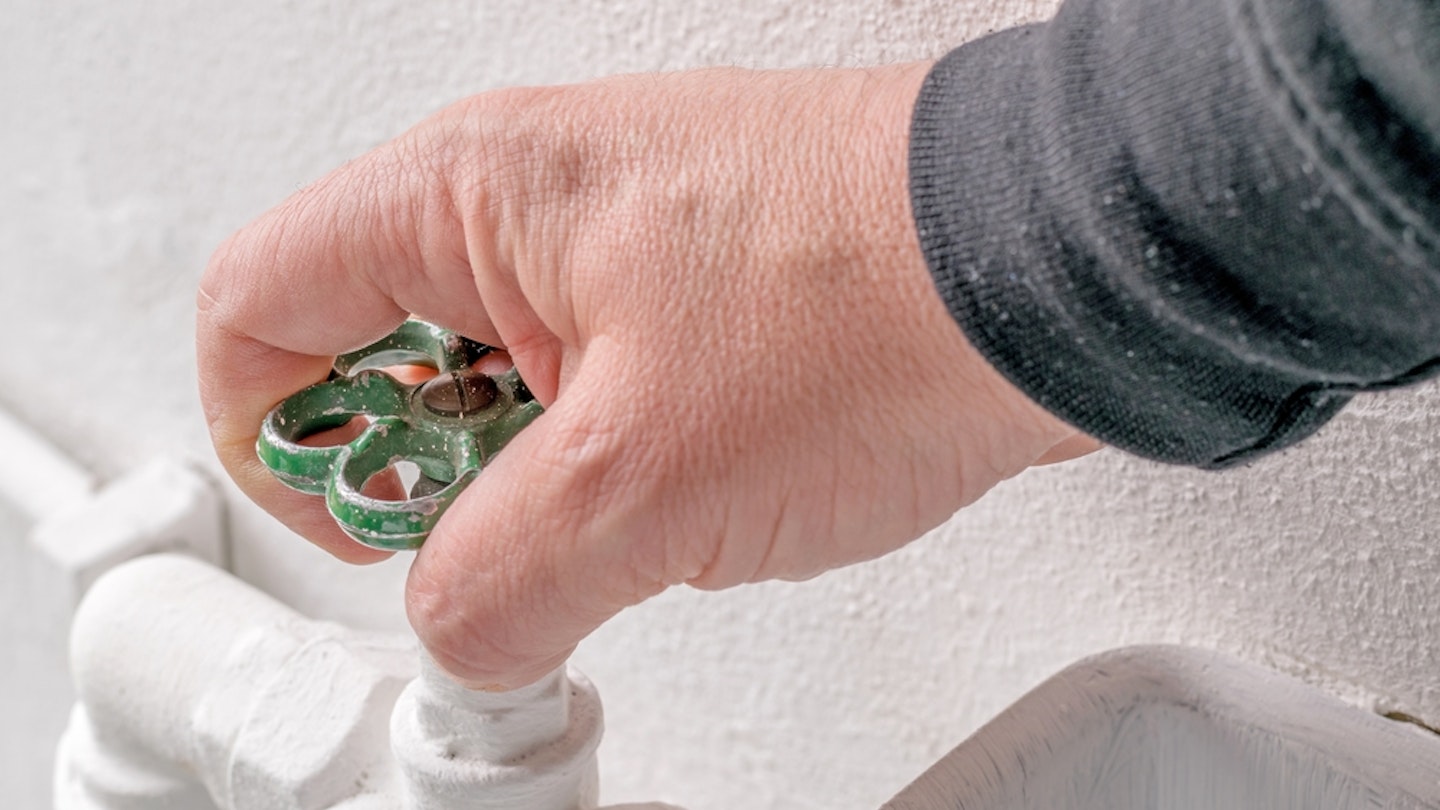Millions of Brits could be at risk of household damage from escaping water due to a lack of knowledge about their stopcock. Despite it being the main water control in homes, almost seven million people in the UK have no idea what a stopcock is and 25 per cent have never tried to find it according to research by Direct Line Home Insurance.
While three quarters (77 per cent) of UK adults correctly said that a stopcock is a valve regulating the flow of cold water that supplies the house, eight per cent thought it was a plug to prevent overflow in a sink or an emergency stop button for the gas supply.
Less than half (45 per cent) of 18 to 34 year olds correctly identified what a stopcock is, compared to 97 per cent of those aged over 55. And homeowners are more knowledgeable about their stopcock, with 82 per cent having located it in their property, compared to just 57 per cent of renters.
We spoke to plumber of over 40 years, Nick Blount, of R.F Blount & Sons to get the lowdown on what a stopcock is and where you can find yours plus everything you need to know about your water stopcock.
What is a stopcock?
The stopcock is the control tap for your mains water supply. In the unfortunate case of a burst pipe or broken tap you need to find your stopcock immediately before the water causes flooding and serious damage.
"Also called an isolation valve or stop tap," Nick explains, "a stopcock is normally on a cold water main, at a point where the water comes into the property.
"You'd look for the stopcock to turn off the water supply to the whole building."
Most homes have an external and internal stopcock. The external valve controls the flow of water from the main water supply or water tank that serves your street to your home. Your internal stopcock controls the flow of water inside the home.
The first signs of flooding and damage will probably show in the house so it's important that the first thing you do is switch off your internal stopcock.
If your supply pipe from the mains leaks or ruptures your external stopcock needs shutting off to allow for repairs and stop the water flooding your home. Some homes however don't have external stopcocks, only internal, so you'll need to turn this off too.
How to find your stopcock
Your internal stopcock will be located inside your home and is usually found just after the water pipe enters the house. If you have the plans of your house or building, the stopcock will usually be marked 'SC'. Otherwise it is most likely under your kitchen sink. Turn clockwise to turn off the water supply.
If your stopcock isn't under the sink, it could also be in an airing cupboard, in a hallway, under the stairs, under the floorboards near the front, in the garage or in the bathroom.
The video below from South West Water shows where you can normally find your stopcock and what it looks like.
"Sometimes it's under the kitchen sink or in the bathroom next to a toilet - but most of the time, they're underneath the kitchen sink. But there are oddities where people have changed their kitchens around, so the sink has moved, the stop tap hasn't, and it's in a cupboard. That's why it's always good to ask the question - where is the stopcock?"
Nick suggests always asking where the stop tap is before you move into a new property, rented or owned, as it's an invaluable piece of knowledge that could save you a lot of money if anything goes wrong down the line.
"I've found some in boxings, where somebody's moved the sink and totally modified the property and boxed it in. They can be in very strange places."
Nick explains that finding your stopcock often comes down to how the water supply connects with your home. "Normally the water main runs down the street, but sometimes they run down the back of the property. Then they branch off and they'll have a stop tap underground and you need a stopcock key to operate it."
This external stopcock is normally located under a cover on the road or path but could also be in the same area as your water meter.
"The Water Board have recently renewed water mains around the area and they've put in new meter boxes which have their own key in the pit, and it's only a shallow pit - so it's much more useful than the old fashioned designs."
If your house is older or you share a supply with your neighbours, your external stopcock could also be found at the end of your road.
To find your external stopcock, look for a metal plate with a 'W' or the word 'Water' on it. As the video below shows, they sometimes look like a keyhole shape:
Why you need to know where your stopcock is
While a stopcock should rarely need to be used, it is vital to know where it is located for an emergency, as shutting off the water supply could save thousands of pounds and prevent the destruction of treasured possessions if a pipe was to burst.
During freezing weather spells, as many as 3,500 claims have been recorded in a single day from burst-pipe damage, costing the average household £7,000.
A stopcock will be situated between two lengths of pipe and usually looks like a tap without an outlet spout. However, Nick explains this isn't always the case.
"You sometimes have combined stopcocks and draincocks, so you can turn it off and open the draincock and drain the water above it." A draincock is a simple draining valve, a helpful feature for plumbers, but not a feature you will usually need to use as a homeowner.
The external stopcock controls the flow of water from your street’s water main to your supply pipe at home. If your supply pipe were to leak or rupture, your external stopcock would need to be shut off to allow for repairs and to stop masses of water soaking the floor. The internal stopcock (usually located under your kitchen sink) will turn off the water from the supply pipe as it enters your home.
What does a stopcock look like?

What your stopcock looks like depends on how old your home is. It will look like a tap situated between two lengths of pipe without a spout. Some taps can be quite stiff so you might need pliers to try and turn it.
Check your stopcock works
Worryingly, one in 10 (9 per cent) of those that know where their stopcock is, have never tried to turn it. Homeowners and renters should remember that a stopcock can seize up over time, so it's a good idea to set a regular reminder, say every six months, to check it is working and can be turned off in an emergency. It could be the difference between a minor leak or serious flood damage.
Run water in your kitchen sink and then turn your stopcock clockwise. If the water stops you have a fully working stopcock. If the water continues to flow you may want to call a plumber.
"Most stopcocks have rubber washers like a conventional tap, and when they start dripping, one would say 'you might want another washer on that tap'," adds Nick.
Given this, a stop tap is likely to need similar maintenance as other taps around the home, but often it doesn't get looked after because - as a true professional would know - "nobody knows where the stop tap is!".
5 stopcock tips
Here's all the important stopcock information you need to know.
-
Know where your stopcock is - Stopcocks are usually found in the kitchen, under the sink. Start at the cold tap and follow the pipe in the same direction and you will find it. In some houses the stopcock is found in the front or back hall or in a larder unit beside the sink unit. Make sure you know where yours is so you can access it in the event of an emergency.
-
A stopcock looks like a tap but without an outlet spout. It will be situated between two lengths of pipe, acting as a connector. This allows the stopcock to impede the flow of water when it is closed off.
-
Turn it regularly - When turning stopcocks back on it is a good idea not to turn them on fully to prevent them from getting stuck in the future. When turning on, turn the valve anti-clockwise as far as it will go and then give them a 1/8th of a turn clockwise.
-
How to turn it off - In case of water escape, locate your stopcock and simply turn the valve clockwise to turn off the water supply. Turn on the taps in the sinks and bathrooms to remove any water remaining in the household system.
-
If you're going on holiday - Either turn the stopcock off to prevent disasters or if a neighbour is looking after your house, show them where the stopcock is.
